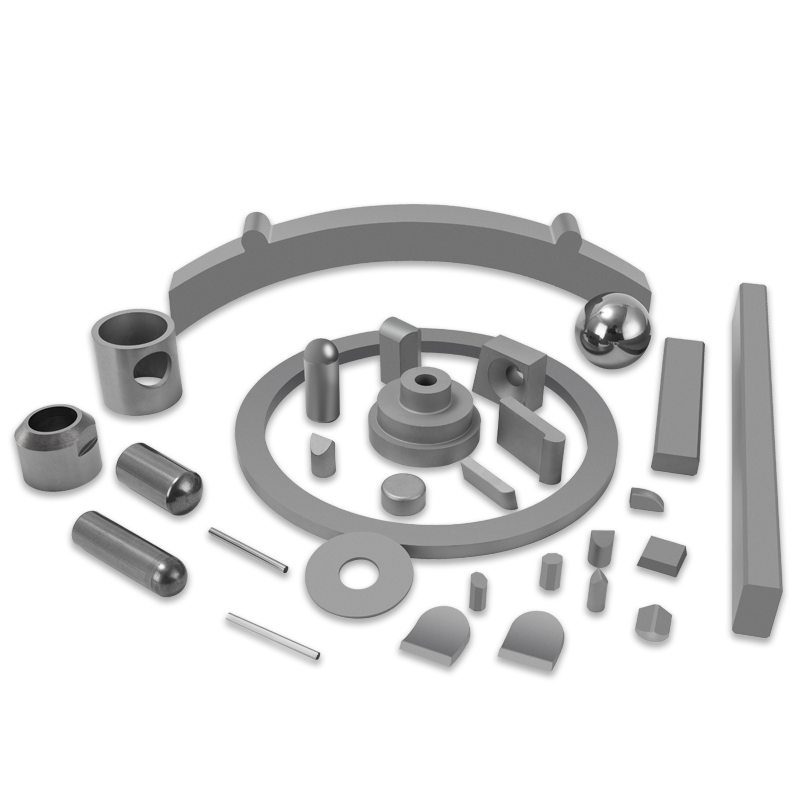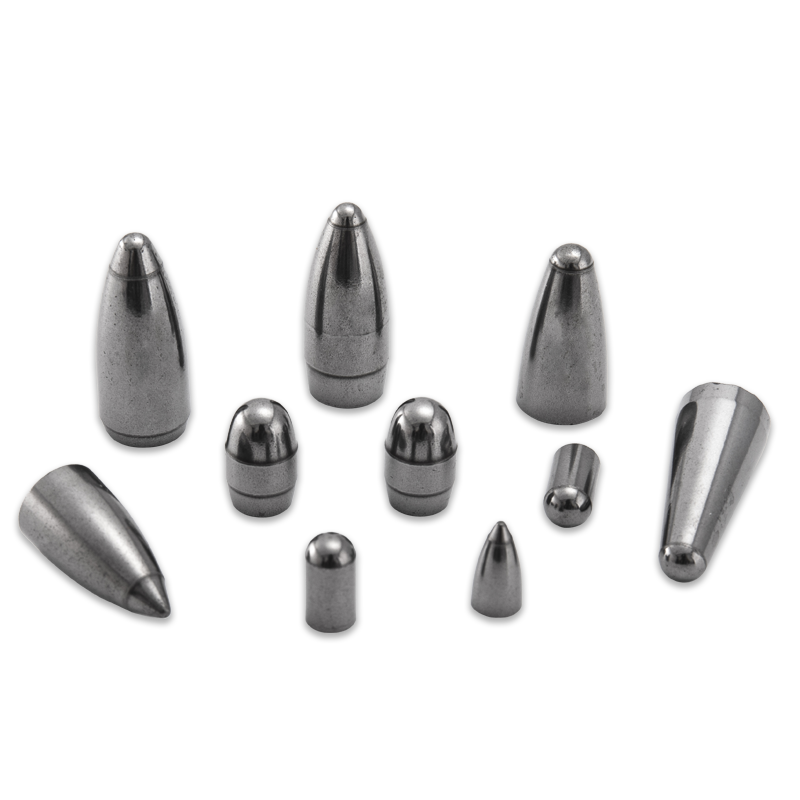Tunneling Through Hard Rock: The Crucial Role of Tungsten Carbide Inserts in TBMs
Industry News-Tunnel Boring Machines (TBMs) are modern marvels of engineering, designed to excavate tunnels with incredible speed and precision. But a TBM is only as effective as its cutting tools, and at the forefront of this technology are the Tunnel Boring Machine Tungsten Carbide Inserts. These small, yet remarkably durable components are the key to a TBM's ability to bore through some of the hardest geological formations on Earth.
The Challenge: Confronting Abrasive and Compressive Forces
TBMs operate in a brutal environment. The cutterheads, massive rotating discs studded with cutting tools, must continuously chip away at rock that can be both highly abrasive (like sandstone) and extremely hard (like granite). The cutting process generates immense compressive and shear forces, as well as significant heat. Without a robust cutting material, the tools would wear out almost instantly, halting the project and leading to costly delays and maintenance.
This is where tungsten carbide comes in. As a cermet, a composite material made from ceramic (tungsten carbide) and metal (a binder like cobalt), it possesses a unique combination of properties perfectly suited for this application:
-
Extreme Hardness: Tungsten carbide is one of the hardest materials known to man, second only to diamond. This allows it to resist the high compressive forces and abrasion encountered when cutting through rock.
-
High Toughness: While extremely hard, the cobalt binder gives the material enough toughness to withstand repeated impact and prevent brittle fracture. This is crucial as the cutting inserts are subjected to continuous chipping and spalling.
-
Heat Resistance: The cutting process generates significant friction and heat. Tungsten carbide maintains its hardness and structural integrity at elevated temperatures, ensuring consistent performance over long periods.
Anatomy of a TBM Cutterhead Insert
A TBM cutterhead is typically equipped with a series of cutting discs, and each disc is lined with a row of tungsten carbide inserts. These inserts are not a single piece but rather a complex system engineered for maximum performance. A typical insert consists of:
-
The Tungsten Carbide Tip: This is the working face of the insert, directly engaging with the rock. It is a pressed and sintered composite of tungsten carbide particles and a metallic binder, with the exact composition tailored to the expected rock conditions.
-
The Steel Body: The carbide tip is brazed or hot-pressed into a steel body. This body provides structural support and allows the insert to be securely mounted into the cutterhead disc.
-
The Retaining System: The entire assembly is then held in place within the cutterhead, often through a secure press-fit or mechanical locking system, to ensure it doesn't dislodge under the high forces of excavation.
The geometry of the inserts is also highly specialized. They can be conical, spherical, or chisel-shaped, each designed to optimize the cutting action for specific rock types. Conical inserts, for example, are highly effective in breaking down hard rock by concentrating stress at a small point, causing the rock to spall and fracture.

Advancements in Tungsten Carbide Insert Technology
The performance of TBMs is directly tied to the innovation in cutting tools. Manufacturers are continuously working to improve the durability and efficiency of tungsten carbide inserts through several key advancements:
-
Tailored Composition: Different geological conditions require different material properties. For highly abrasive rock, a higher tungsten carbide content and a finer grain size are used to increase hardness. In more brittle rock, a higher cobalt content provides increased toughness to resist fracture.
-
Enhanced Surface Coatings: Specialized coatings, such as diamond-like carbon (DLC) or ceramic coatings, are being developed to further reduce friction and wear. These coatings can significantly extend the life of the inserts, reducing downtime for cutter changes.
-
Improved Manufacturing Processes: Advancements in powder metallurgy and sintering techniques allow for the creation of inserts with more uniform grain structures and fewer defects. This leads to a more predictable and durable product.
-
Advanced Monitoring and Diagnostics: TBMs are now equipped with sophisticated sensors that monitor the temperature, torque, and vibration of the cutterhead. This data is used to predict insert wear and schedule maintenance proactively, avoiding catastrophic failure and optimizing cutting performance.
Conclusion
Tungsten carbide inserts are far more than simple "teeth" on a TBM. They are the product of advanced materials science and engineering, specifically designed to withstand the most extreme conditions. As a TBM pushes forward, it is these small but mighty components that are doing the hard work, chipping away at the rock and paving the way for new tunnels, infrastructure, and a connected world. The continuous research and development in tungsten carbide technology will remain a vital factor in pushing the boundaries of what is possible in the field of tunneling and subterranean construction.


 English
English русский
русский





